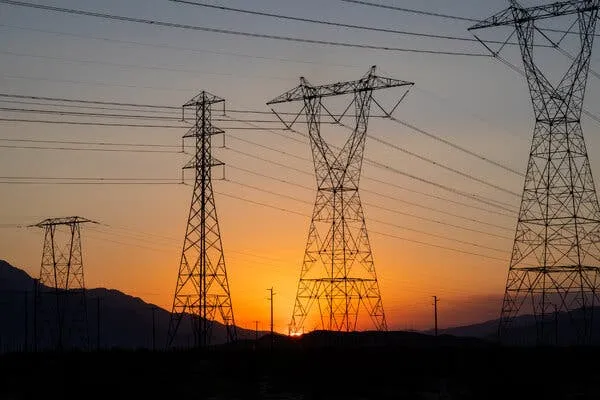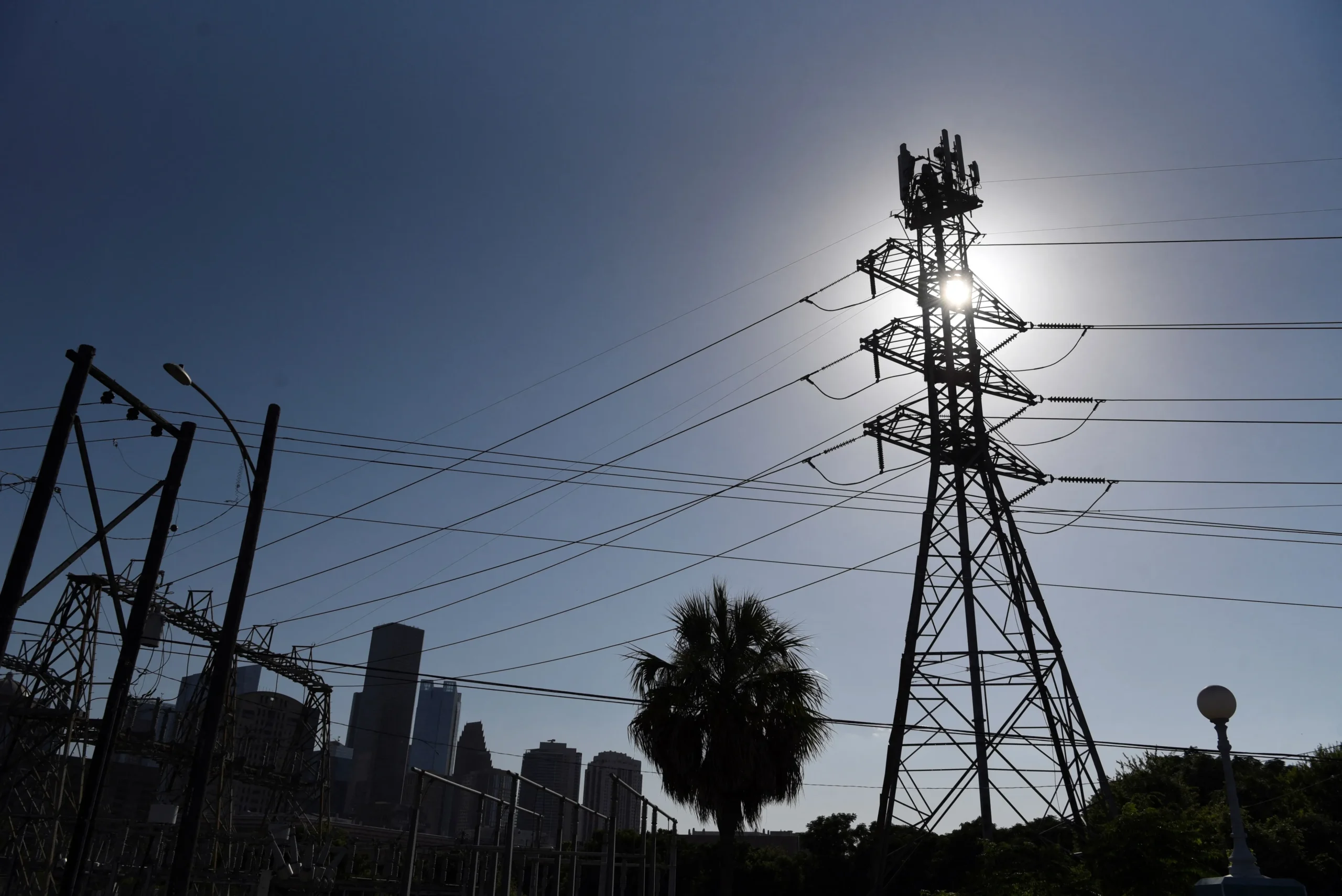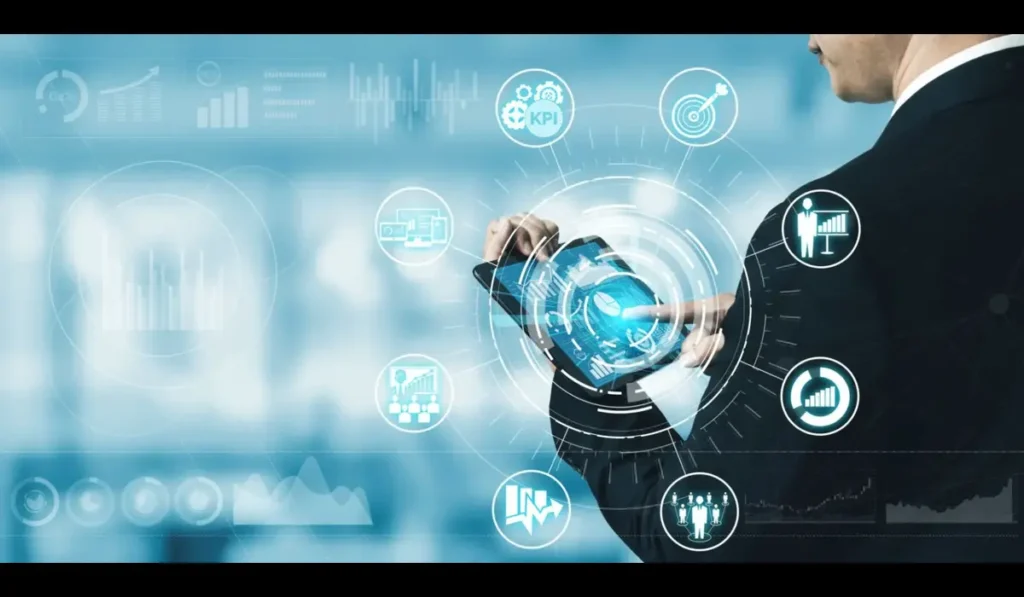As the demand for electric vehicles (EVs) surges in 2025, the United States finds itself in a critical infrastructure dilemma. While automakers are rolling out new EV models at unprecedented rates and consumer adoption continues to climb, the nation’s electric grid isn’t ready. In a move that has raised concern across industries, the U.S. Department of Energy (DOE) has announced a delay in several key EV grid transmission projects, slowing efforts to support the electrification of transportation.
This development marks a pivotal moment in the clean energy transition. It’s a failure of coordination, allowing reform, and logistical execution rather than a failure of desire.. The delayed buildout threatens to create a mismatch between EV adoption and the infrastructure necessary to power it reliably.
🚘 EV Demand Outpaces Grid Readiness
The EV market in 2025 is booming. Federal incentives, falling battery prices, and a broader shift toward climate-conscious consumerism have led to nearly 1 in 3 new vehicles sold being electric. Tesla, Ford, Rivian, and Hyundai have all expanded their production lines to keep pace with demand.
However, the transmission lines and distribution networks that bring electricity to charging stations—especially in rural, suburban, and highway corridor areas—are not expanding fast enough to keep up.
Many states, particularly those with high EV penetration like California, New York, Texas, and Colorado, are now facing:
- Overloaded substations
- Slow permitting for new transmission lines
- Delays in transformer upgrades
- Localized power outages during EV charging peaks
🏗️ The Transmission Bottleneck
The DOE’s delay affects a multi-billion-dollar federal effort intended to accelerate the construction of high-capacity transmission lines that would connect clean energy generation (like solar and wind farms) to population centers and EV infrastructure.
Originally scheduled to break ground in early 2025, several of these projects have been pushed back due to:
- Permitting disputes with local and tribal governments
- Environmental impact studies have not been finalized
- Interstate grid coordination failures
- Shortage of qualified electrical engineers and skilled workers
This means key components like EV fast-charging corridors, megawatt charging stations for trucks, and high-voltage interconnects are now months or even years behind schedule.
🔌 Charging Stations Face Grid Constraints
In cities like Phoenix, Austin, and Atlanta, charging station operators report increased wait times during peak hours. Public charging infrastructure is often limited by grid capacity—not hardware availability.
Several planned high-speed charging stations funded by the bipartisan infrastructure bill are built but non-operational, waiting for grid tie-ins or transformer installations. Additionally, some utilities are capping commercial charging outputs to prevent local blackouts.

🌎 Climate and Commerce Collide
This delay is not just an infrastructure issue—it’s a climate and commerce issue.Federal agencies are pursuing the Biden-era climate targets, which seek to reduce U.S.. transportation emissions by over 60% by 2035. However, that goal depends on an electrification strategy that now risks being derailed.
Logistics companies, rideshare fleets, public transit agencies, and even state governments that invested in EVs are now:
- Slowing EV deployment
- Reconsidering fleet procurement
- Leaning on hybrid solutions
- Temporarily increasing diesel use during outages
This has drawn criticism from environmental groups who argue the delay jeopardizes climate progress and disincentivizes long-term investment in green mobility.
🛠️ What’s Being Done?
The federal government is now in triage mode. In response to backlash, the DOE and the Federal Energy Regulatory Commission (FERC) are pushing several emergency measures:
- Streamlining interagency permitting reviews
- Launching a national “Transformer Reserve” to speed deployment
- Incentivizing states to adopt uniform grid construction codes
- Offering tax credits for private utilities that accelerate grid tie-ins
Meanwhile, public-private partnerships are being restructured to allow EV manufacturers and utilities to co-invest in local grid upgrades, with pilot programs underway in California and Georgia.
🧠 Long-Term Grid Strategy Needs Reform
Experts say the real solution isn’t just more money—it’s reimagining how the U.S. grid operates. The country’s electric grid is often described as a “balkanized patchwork” of regional networks, many built decades ago for a fossil-fuel economy.
Key reforms now being debated in Congress and among energy think tanks include:
- Nationalizing transmission planning
- Creating federal fast-tracks for green energy corridors
- Expanding smart grid tech for dynamic charging
- Launching a “Grid Corps” to train workers and engineers
Such moves would take time—but may be necessary if the U.S. is to fully embrace an EV future.
🔮 The Road Ahead
The delay in EV grid transmission buildout is a reality check. It highlights the challenges of rapid technological adoption without equally rapid infrastructure transformation. Still, the public appetite for EVs is strong, and the political will remains. What’s clear is that infrastructure is the linchpin, and without it, even the best EV technology can stall.
FAQs: U.S. EV Grid Transmission Delay (2025)
1. Why are EV grid transmission projects being delayed in 2025?
Several factors: permitting slowdowns, environmental review backlogs, labor shortages, and coordination issues between states and federal agencies.
2. What areas are most affected by the delay?
High-EV-adoption states like California, New York, Texas, Arizona, and Georgia are facing the biggest constraints due to heavier grid loads.
3. Are EV charging stations closing or shutting down?
Not usually, but many are experiencing reduced capacity, slower charging speeds, or long wait times due to insufficient grid connection or transformer delays.
4. Will this impact the ability to buy and use an EV in 2025?
It may impact convenience, especially for long-distance drivers or those relying on public fast-charging. However, most home charging setups remain unaffected.
5. What is the government doing to fix the problem?
Federal agencies are working on streamlining permits, launching a transformer reserve, funding workforce development, and incentivizing private utility upgrades.
6. Could this slow down EV adoption in the U.S.?
Yes, temporarily. Fleet operators and some consumers may hold back until charging reliability improves. However, overall momentum remains strong.




